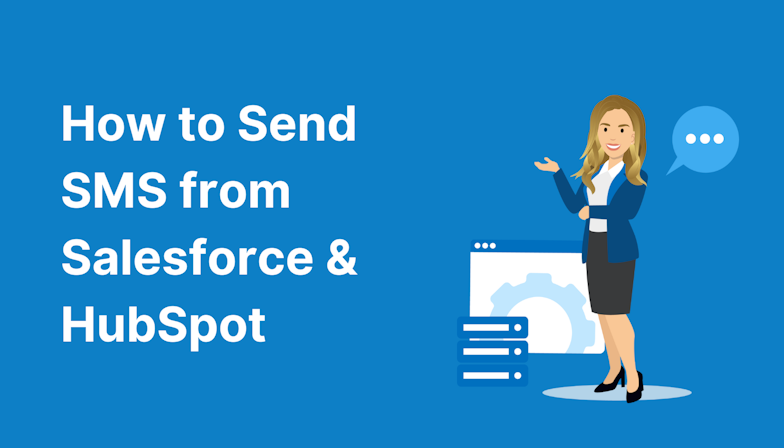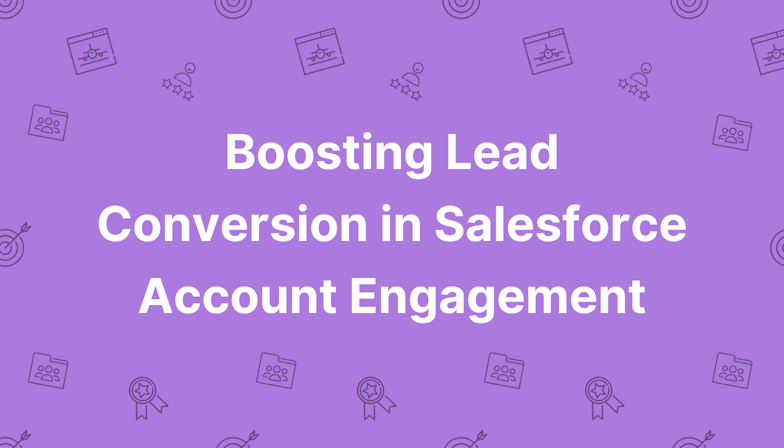Even with careful planning, migration rarely goes perfectly the first time. What matters is how well you’ve prepared to spot and correct issues before they cause wider damage.
Teams that skip testing or rush to go live without a rollback plan can be left with missing data, broken automations, and frustrated teams. This quickly diminishes confidence in both the new platform and the marketing team running it.
How to avoid it:
Set up a staging environment and run partial migrations to validate field mapping, workflows, and reporting logic.
Create a rollback plan in case major issues arise.
Post-migration, build reports to verify that record counts, campaign performance, and lead flows match expectations.
Migration isn’t complete when the data moves; it’s complete when everything works as expected!
HubSpot is a powerful platform, but only when it’s fed the right data, connected to the right tools, and set up in a way that aligns with how your team works. If you treat migration as a one-off admin or IT task, you’ll likely find yourself patching problems for months. But if you approach it as a strategic project, you’ll be set up for smoother campaigns, stronger reporting, and a more confident seat at the C-suite table.
Need help planning your HubSpot data migration? Our in-house specialists can guide you through it. Contact us for an informal chat about your migration challenges.





